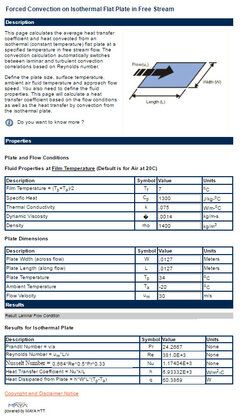- Joined
- Jun 28, 2012
Nope, will be collecting $20. ;-)
I'll be right here when it boils
Welcome to Overclockers Forums! Join us to reply in threads, receive reduced ads, and to customize your site experience!
Nope, will be collecting $20. ;-)
Hope the container is hermetically sealed though, when the fluid boils you don't want to breathe it in.
...This stuff appears incredibly dangerous, and theres more variables than you've considered at work. Do your homework, or in my not so humble opinion, leave it as an idea to investigate and discuss and nothing more...
Only going to pay me $1??
Power draw depends on what CPU you're using. Take the size of the IHS and the TDP of the chip, there's what you need.
And, thinking about it, I'll change to 99.5%.
The thermal conductivity of Novex 7000, until phase change occurs, is abysmal at best

I'll let you keep the $1 to make the build a smidge better
Thanks! I'll need every cent to make this tank rig.
Has anyone worked with "conformal coating"? Sealing the MB components from liquid and using something like a Glycol solution for the bath?
techni-tool

Still a low thermal conductivity, you're going to boil it unless you use heatsinks on the chips.
